Ball pythons are one of the most popular pet snakes due to their docile nature and manageable size. As with any pet, proper habitat maintenance is crucial for their health and well-being. Understanding the right cleaning schedule for your ball python’s enclosure can help prevent illness and ensure your snake thrives in captivity. Many new owners are unsure about cleaning frequency, often either overdoing it (causing unnecessary stress) or cleaning too infrequently (leading to unhygienic conditions). This comprehensive guide will walk you through everything you need to know about maintaining a clean, healthy environment for your ball python companion.
Daily Cleaning Tasks for Ball Python Enclosures
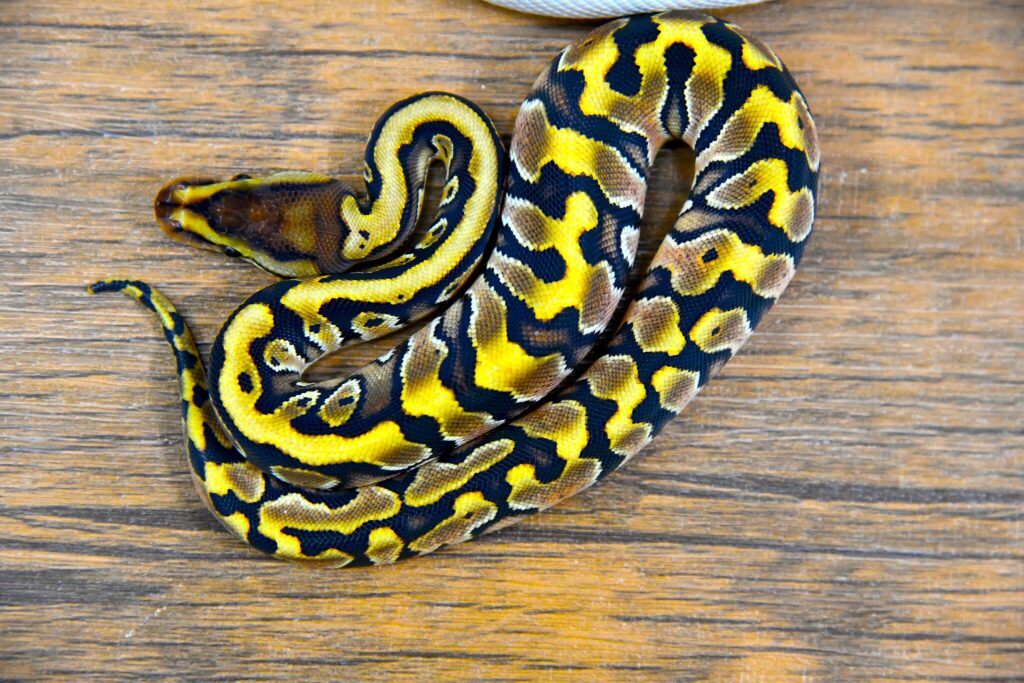
Daily maintenance is essential for keeping your ball python’s habitat in good condition. Each day, you should remove any uneaten food, shed skin, or waste products from the enclosure. Fresh water should be provided daily, with the water dish being rinsed thoroughly to prevent bacterial growth. It’s also important to quickly spot-clean any areas where your snake has defecated or urinated, removing the soiled substrate and replacing it with fresh material. These simple daily tasks take just a few minutes but make a significant difference in maintaining proper hygiene levels in your snake’s home.
Weekly Cleaning Requirements
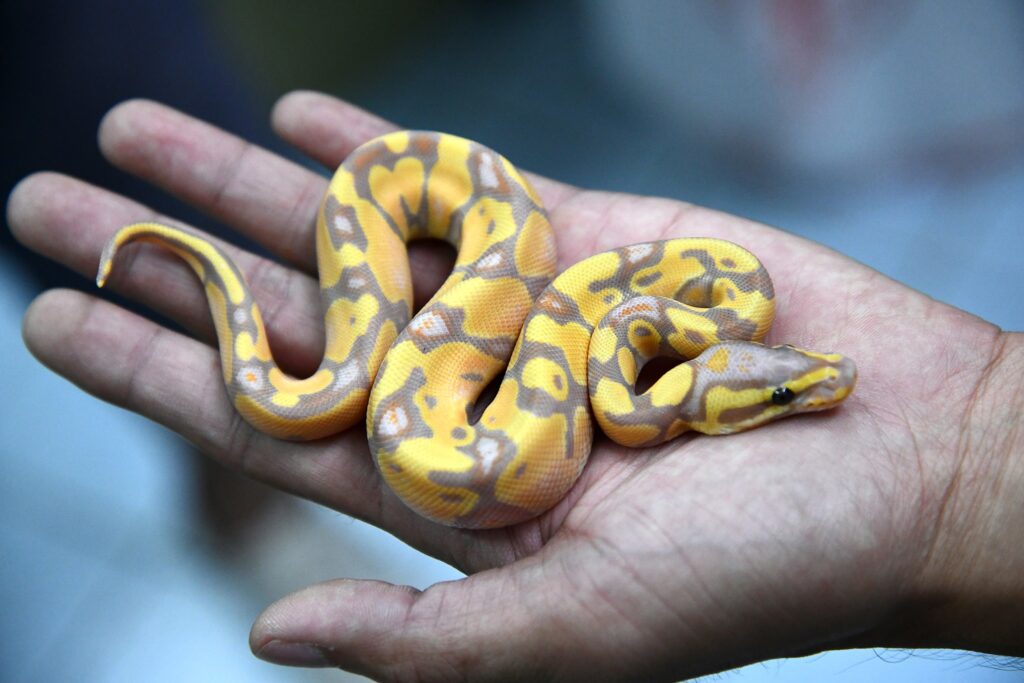
On a weekly basis, more thorough cleaning tasks should be performed to maintain optimal conditions. This includes changing water dishes completely (not just refilling them) and sanitizing them with a reptile-safe cleaner or diluted bleach solution (thoroughly rinsed). Spot-cleaning should be more comprehensive, with any visibly dirty substrate being removed and replaced. Decorations and hides should be checked for accumulated waste or bacterial growth, especially in hidden corners. Weekly maintenance also provides an opportunity to check humidity levels and overall enclosure conditions, allowing you to make adjustments before problems develop.
Monthly Deep Cleaning Protocol
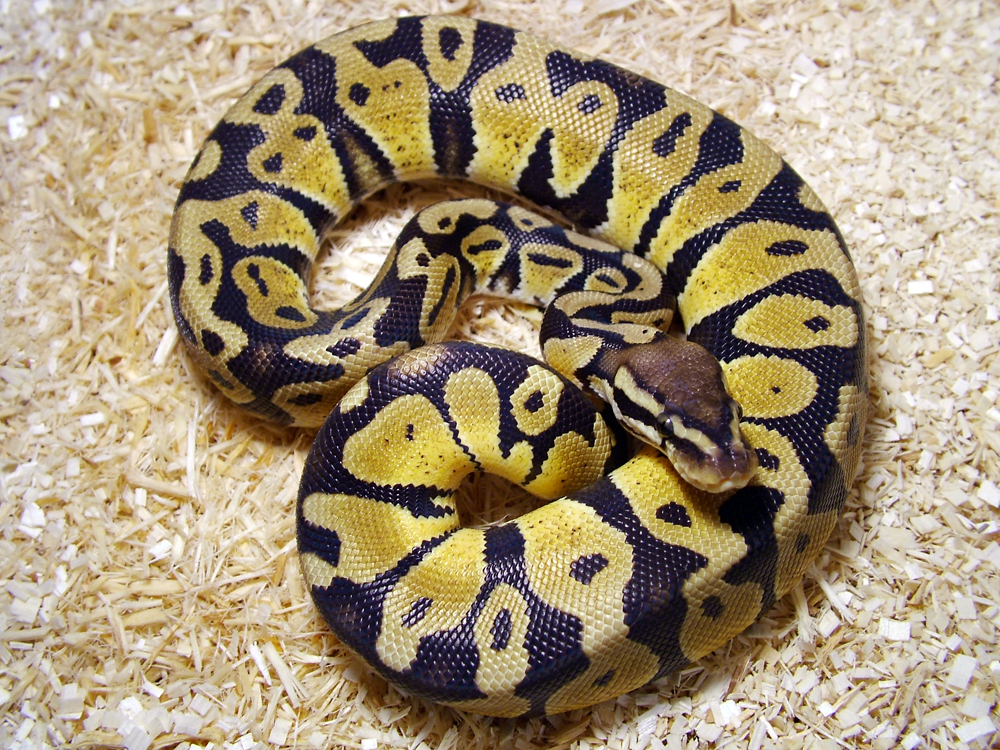
Once a month, your ball python’s enclosure requires a complete deep cleaning. This involves removing your snake to a secure temporary container while you work. All substrate should be removed and replaced with fresh material appropriate for ball pythons. Every decoration, hide, and accessory should be thoroughly cleaned and disinfected with a reptile-safe solution. The inside of the enclosure itself needs to be wiped down completely, paying special attention to corners and edges where waste can accumulate. Heating elements and thermometers should be checked for proper functioning during this monthly maintenance session.
Signs Your Ball Python’s Tank Needs Immediate Cleaning
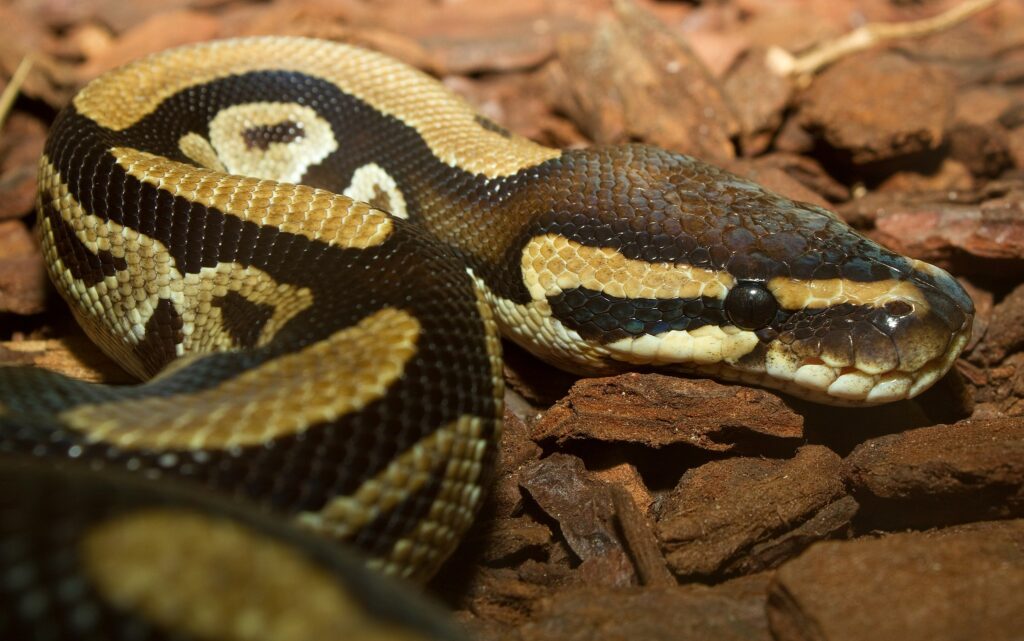
Sometimes cleaning shouldn’t wait for your regular schedule. There are several indicators that your ball python’s enclosure requires immediate attention. A strong, unpleasant odor is the most obvious sign—ball python enclosures should not have a significant smell when properly maintained. Visible mold or mildew growth anywhere in the habitat necessitates immediate cleaning. If your snake has been ill, cleaning the enclosure can help prevent reinfection. Additionally, after your snake has had a particularly messy feeding or experienced regurgitation, prompt cleaning is essential to maintain proper hygiene and prevent bacteria from proliferating in the enclosure.
Choosing the Right Cleaning Products

Selecting appropriate cleaning products is crucial for your ball python’s health and safety. Many household cleaners contain chemicals that can be harmful or even fatal to reptiles, even in residual amounts. Instead, opt for reptile-specific cleaning solutions available at pet stores, or use natural alternatives like vinegar solutions (1 part vinegar to 2 parts water). Chlorhexidine-based cleaners are also excellent choices as they are effective against bacteria and fungi while being safe for reptiles when properly diluted and rinsed. Whatever product you choose, always ensure it’s completely rinsed away before returning your snake to its habitat, as chemical residues can cause severe respiratory issues or skin irritation in ball pythons.
The Impact of Substrate Choice on Cleaning Frequency
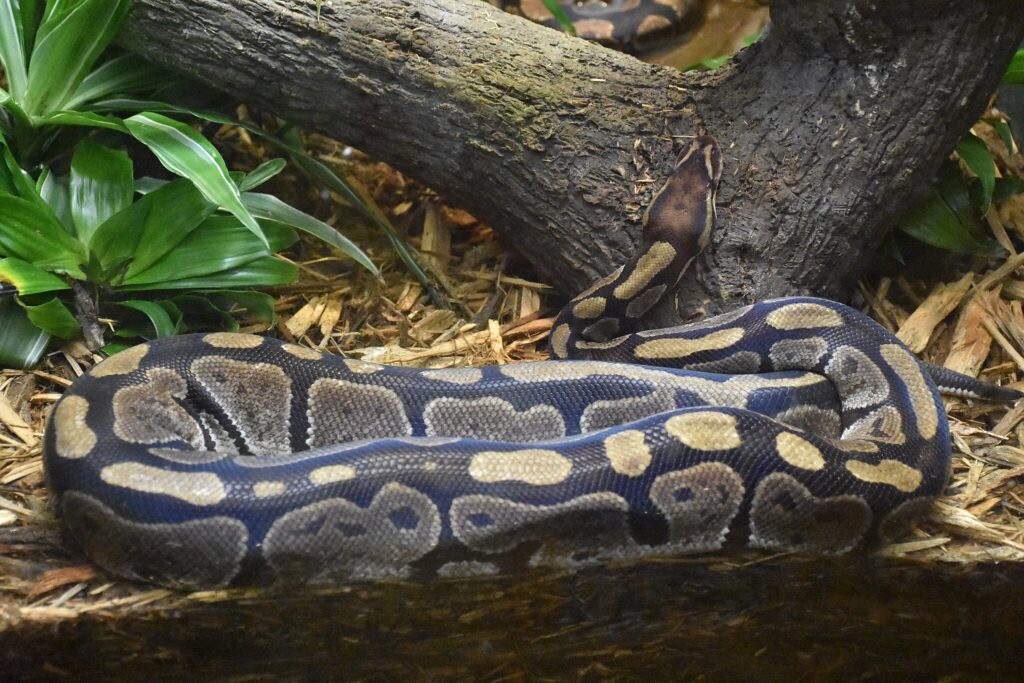
Your choice of substrate significantly affects how often you’ll need to clean your ball python’s enclosure. Particulate substrates like cypress mulch, coconut husk, or aspen shavings are excellent for spot cleaning, as you can simply remove soiled portions without disturbing the entire habitat. Paper-based substrates like newspaper or paper towels are easy to replace completely but may need more frequent changes since they can’t be spot-cleaned effectively. Bioactive substrates with live plants and beneficial microorganisms can actually reduce cleaning frequency, as they help break down waste naturally, though they require more initial setup and maintenance. Understanding the pros and cons of different substrate options can help you establish the most efficient cleaning routine for your specific setup.
Cleaning During Shedding Periods
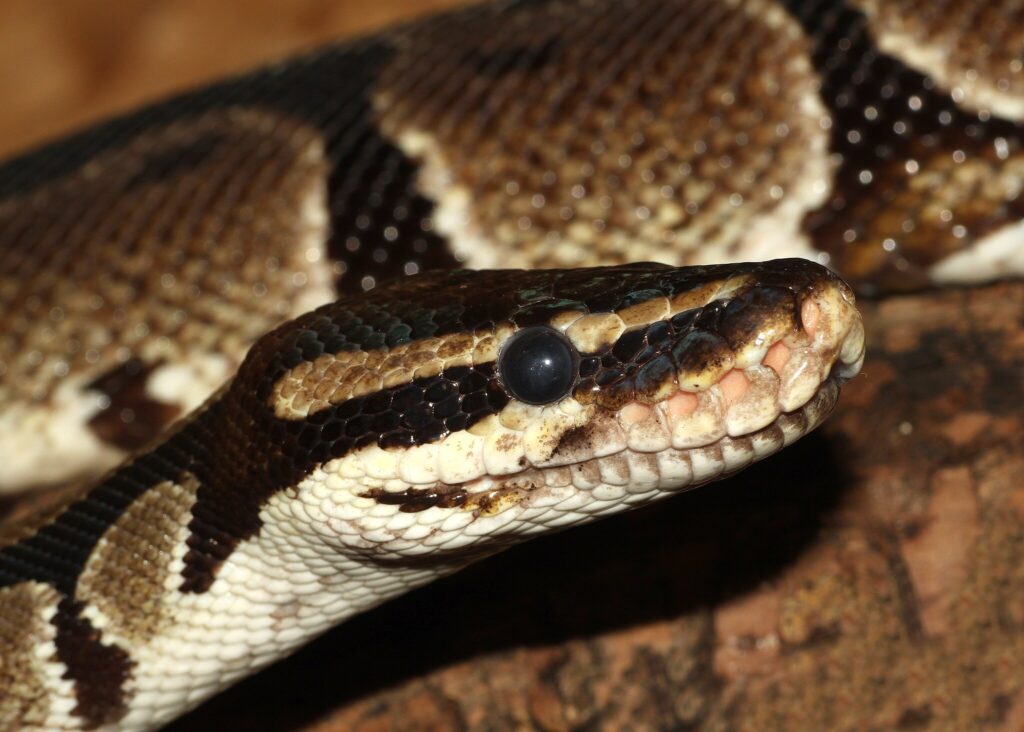
Ball pythons go through periodic shedding, and cleaning routines should be adjusted during these sensitive times. During pre-shed periods (when the snake’s eyes become cloudy or “blue”), it’s best to minimize disturbance and only perform essential spot cleaning. The increased humidity needed for proper shedding can sometimes accelerate mold growth, so monitoring moisture levels becomes especially important. After your snake has completed shedding, remove the shed skin promptly, as it can harbor bacteria if left in the enclosure. This post-shed period is an excellent time for a more thorough cleaning, as your snake will typically be more active and less stressed following a successful shed cycle.
Balancing Cleanliness and Snake Stress
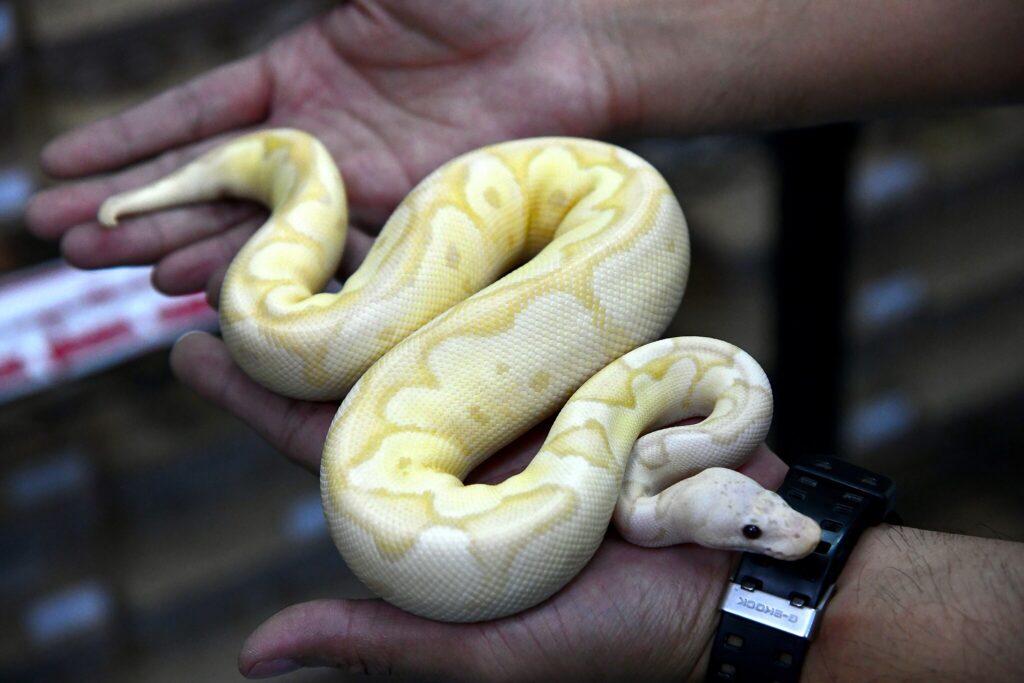
While maintaining a clean enclosure is important, it’s equally crucial to consider your ball python’s stress levels during cleaning procedures. Ball pythons are generally shy animals that prefer environments with familiar scents. Overly frequent or aggressive cleaning can remove these comforting scents and cause unnecessary stress. A good practice is to retain a small portion of clean substrate during changes, mixing it with new material to preserve some familiar scent. When handling your snake during cleaning, movements should be slow and deliberate to minimize stress. It’s also advisable to clean the enclosure during your snake’s most active period (usually early evening) rather than disturbing them during their rest time.
Seasonal Considerations for Cleaning Schedules
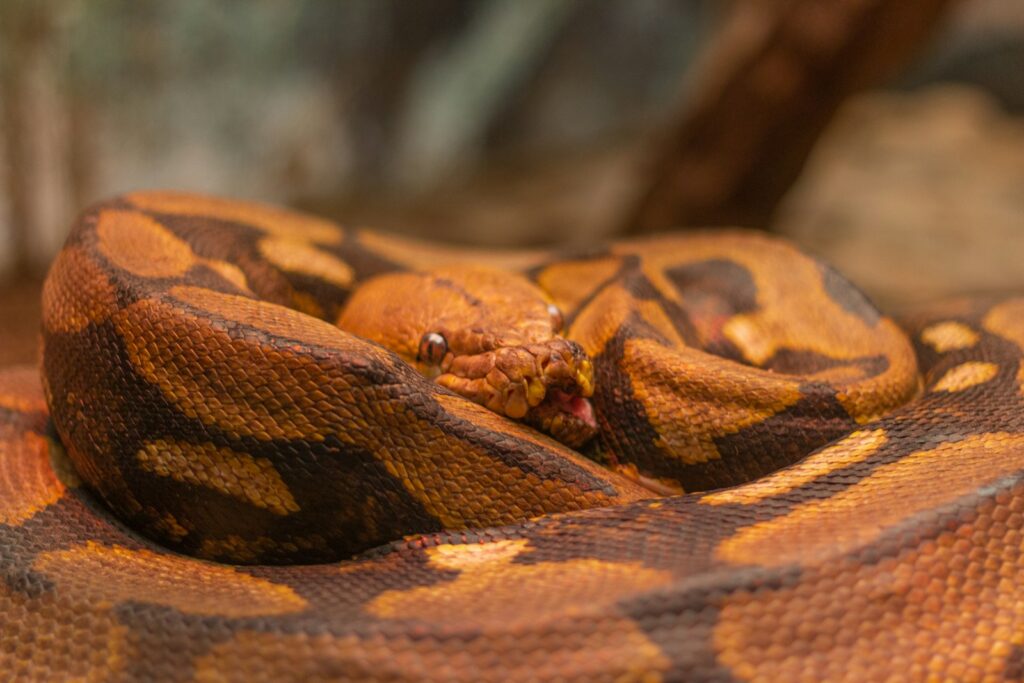
Cleaning requirements may vary slightly throughout the year due to seasonal changes. During summer months or in warmer climates, higher temperatures can accelerate bacterial growth and decomposition, potentially requiring more frequent cleaning. Humidity levels also fluctuate seasonally, affecting how quickly mold might develop in the enclosure. During breeding season, male ball pythons may be more active and potentially more stressed by enclosure disruptions, so cleaning timing should be adjusted accordingly. In winter, when some ball pythons naturally reduce their activity and feeding, waste production decreases, potentially allowing for less frequent deep cleaning sessions while still maintaining proper hygiene.
Special Cleaning Considerations for Multiple Snake Households
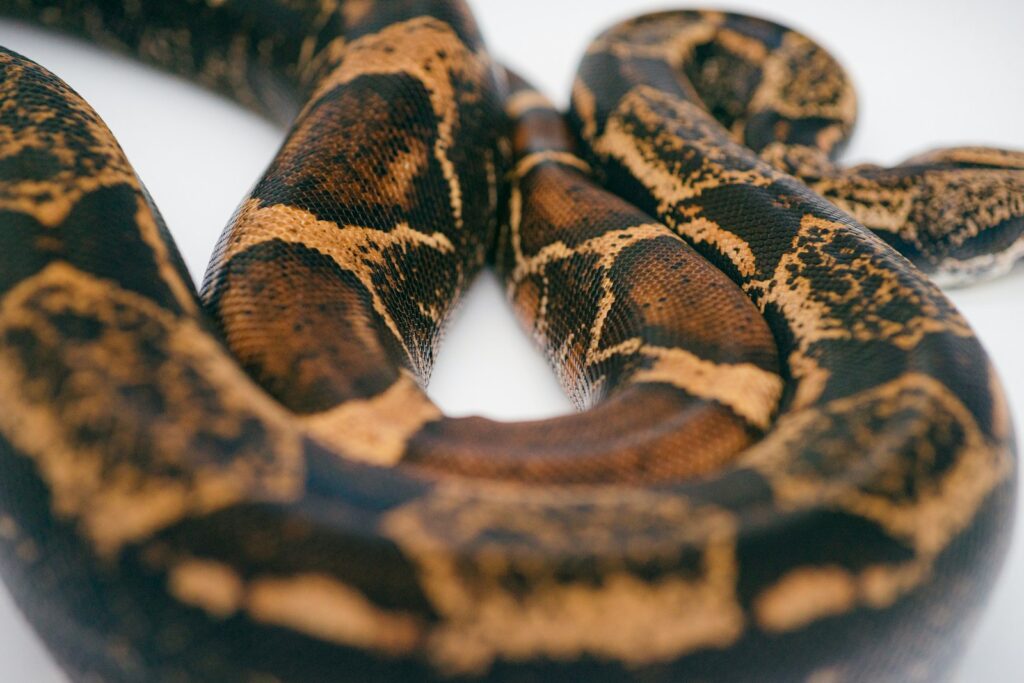
If you keep multiple ball pythons or other reptile species, cleaning procedures require additional precautions. Cross-contamination between enclosures is a serious concern that can spread parasites or diseases. It’s essential to use separate cleaning tools for each enclosure or thoroughly disinfect tools between uses. Consider establishing a cleaning order, starting with the enclosures of your healthiest animals and ending with any that have known health issues. Quarantine procedures should be implemented for new arrivals, with their enclosures cleaned last and with dedicated tools. These precautions are particularly important in breeding collections where disease outbreaks could have significant consequences across multiple animals.
Tracking and Establishing a Cleaning Routine
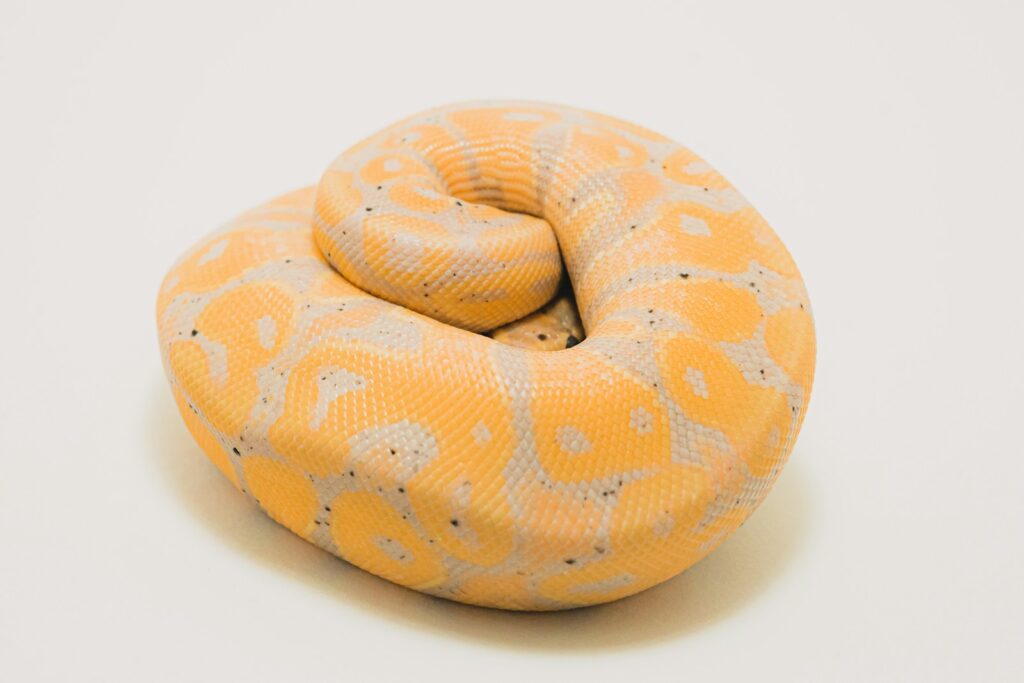
Creating and maintaining a consistent cleaning schedule is beneficial for both you and your ball python. Consider keeping a log or calendar specifically for tracking cleaning activities, noting when spot cleaning, weekly maintenance, and monthly deep cleans were performed. This record can also help you identify patterns in your snake’s behavior or health in relation to cleaning activities. Many experienced keepers find that setting specific days for different cleaning tasks helps ensure nothing is overlooked. Digital reminders or smartphone apps designed for pet care can be particularly helpful for maintaining these routines, especially for new ball python owners who are still establishing good husbandry habits.
Professional Cleaning and Sanitizing Options
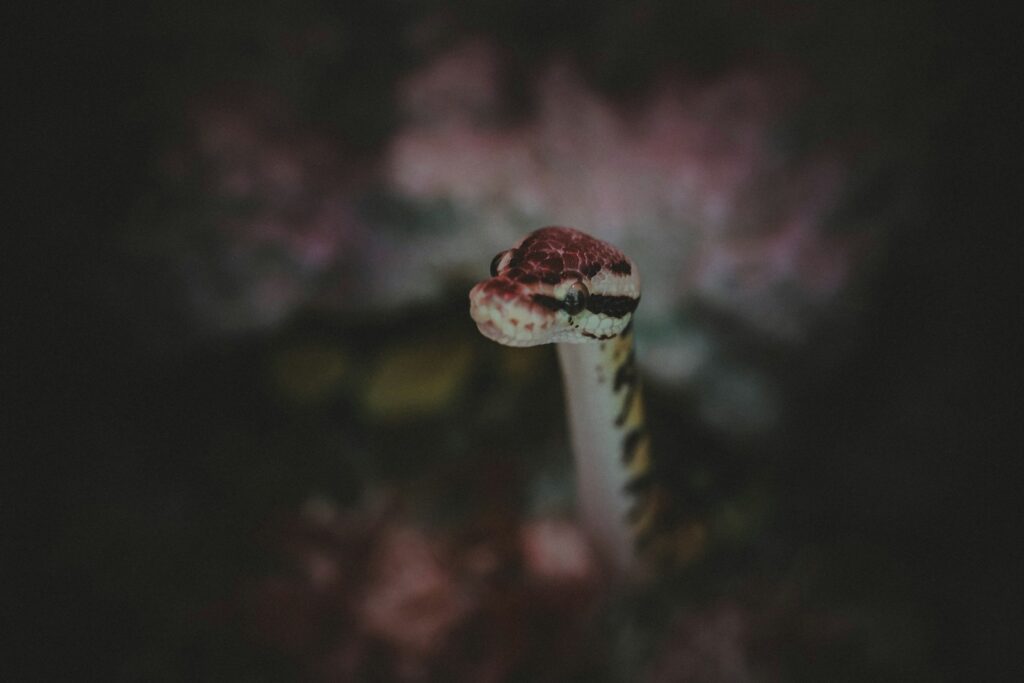
For situations requiring exceptional cleanliness, such as after disease treatment or when acquiring a used enclosure, professional-level cleaning methods may be warranted. Steam cleaning is an excellent chemical-free option that can reach temperatures high enough to kill most pathogens hiding in corners or small crevices of the enclosure. UV sterilization lamps can be used to disinfect items that cannot be easily cleaned with liquids. For plastic or glass enclosures, a diluted bleach solution (1 part bleach to 10 parts water) can provide hospital-grade sanitization when left to sit for 10-15 minutes before being thoroughly rinsed multiple times. These more intensive cleaning methods should be used sparingly and followed by sufficient airing out to ensure no harmful residues remain.
Conclusion: Finding Your Optimal Cleaning Schedule
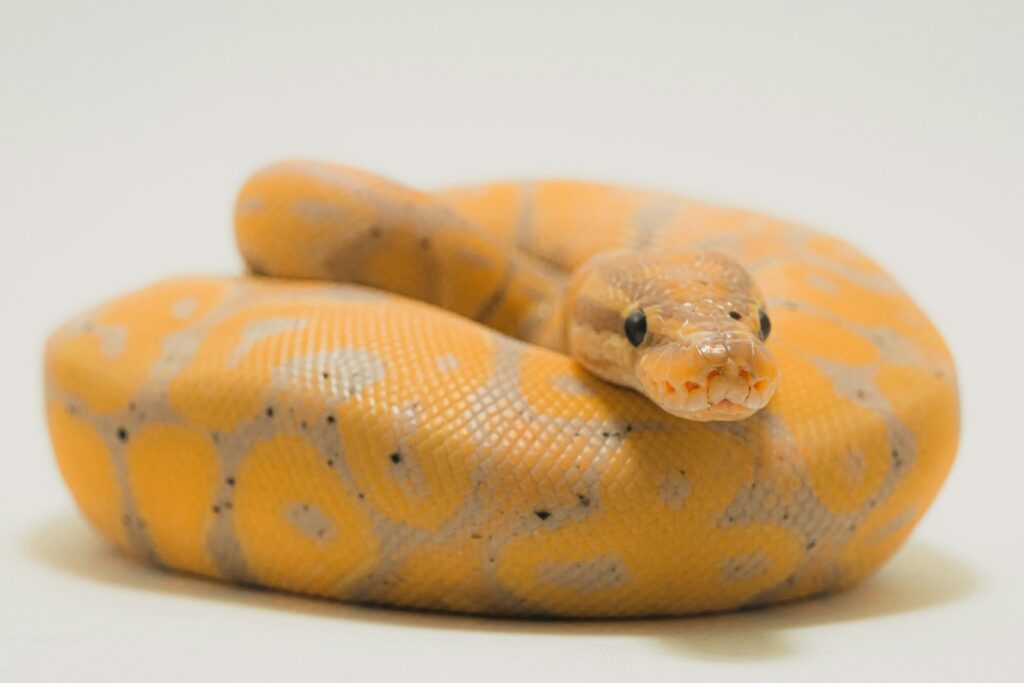
Establishing the right cleaning routine for your ball python’s enclosure is ultimately a balance between maintaining proper hygiene and minimizing stress. While this guide provides general recommendations, you may need to adjust the frequency based on your specific snake’s habits, your enclosure setup, and environmental factors in your home. Pay attention to how your ball python responds to cleaning sessions—signs of stress like defensive posturing or refusing food after cleaning might indicate you need to modify your approach. Remember that consistency is key, and a well-maintained enclosure contributes significantly to your snake’s overall health and longevity. With thoughtful attention to your cleaning routine, you’ll create an environment where your ball python can thrive for many years to come.

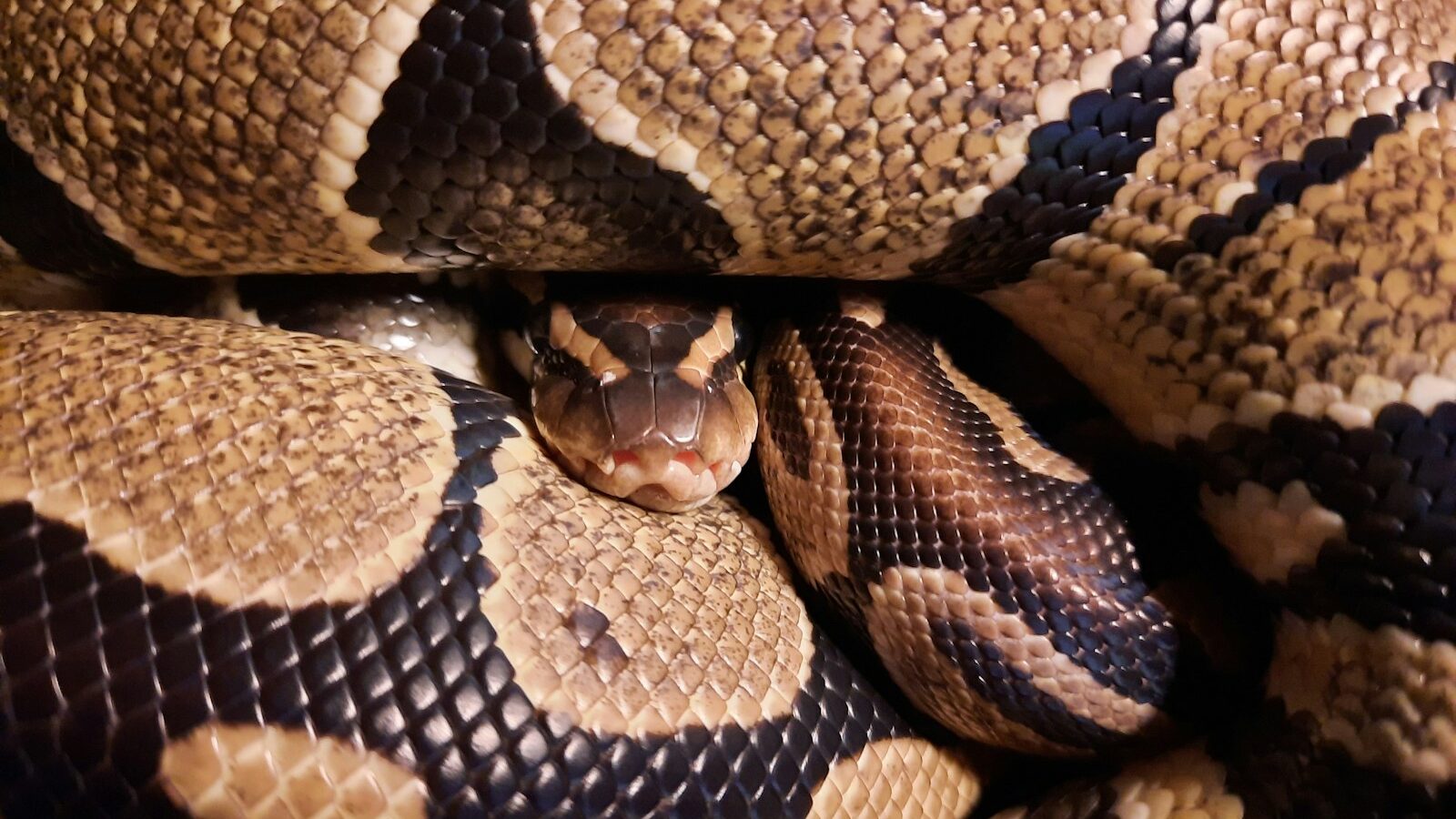
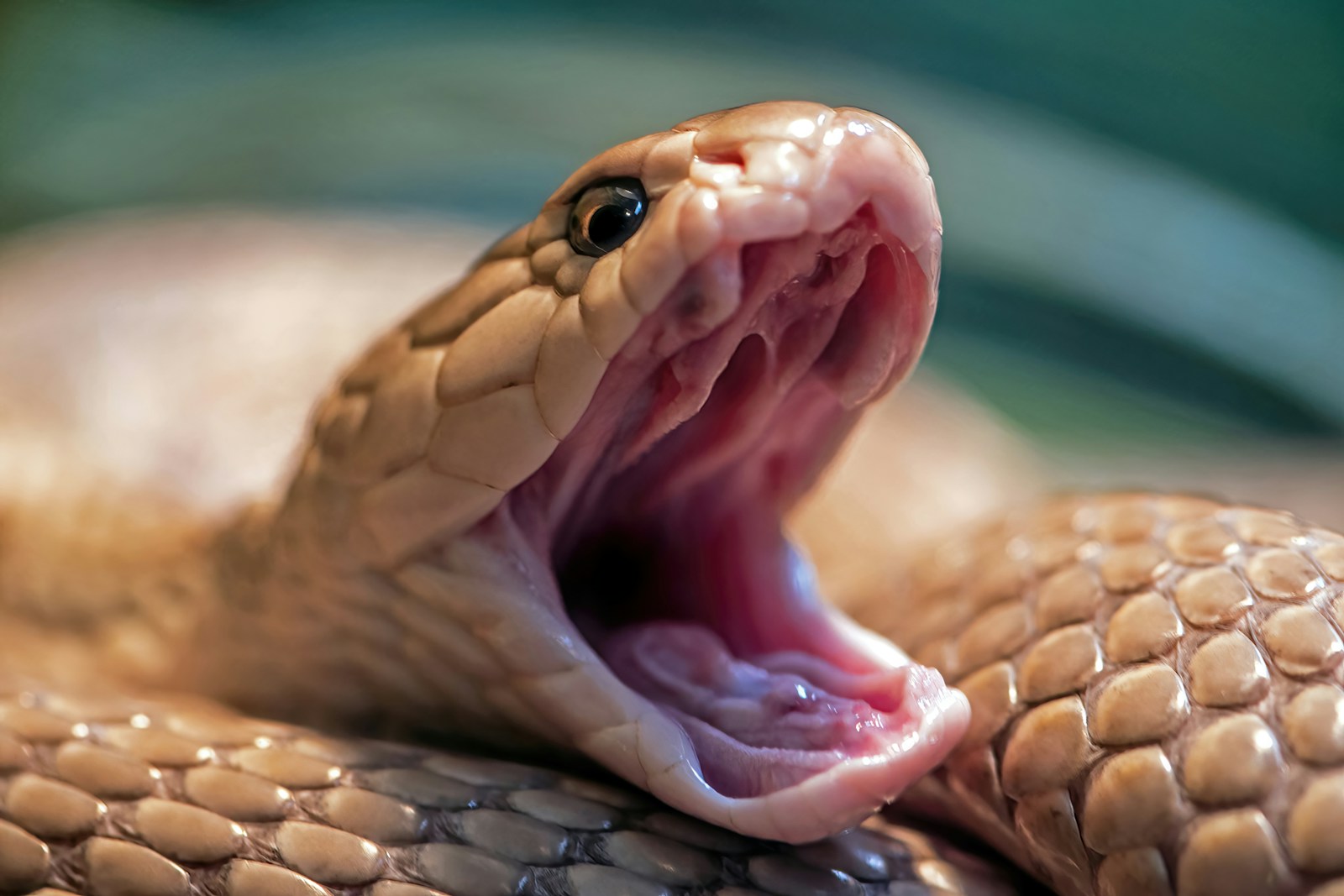



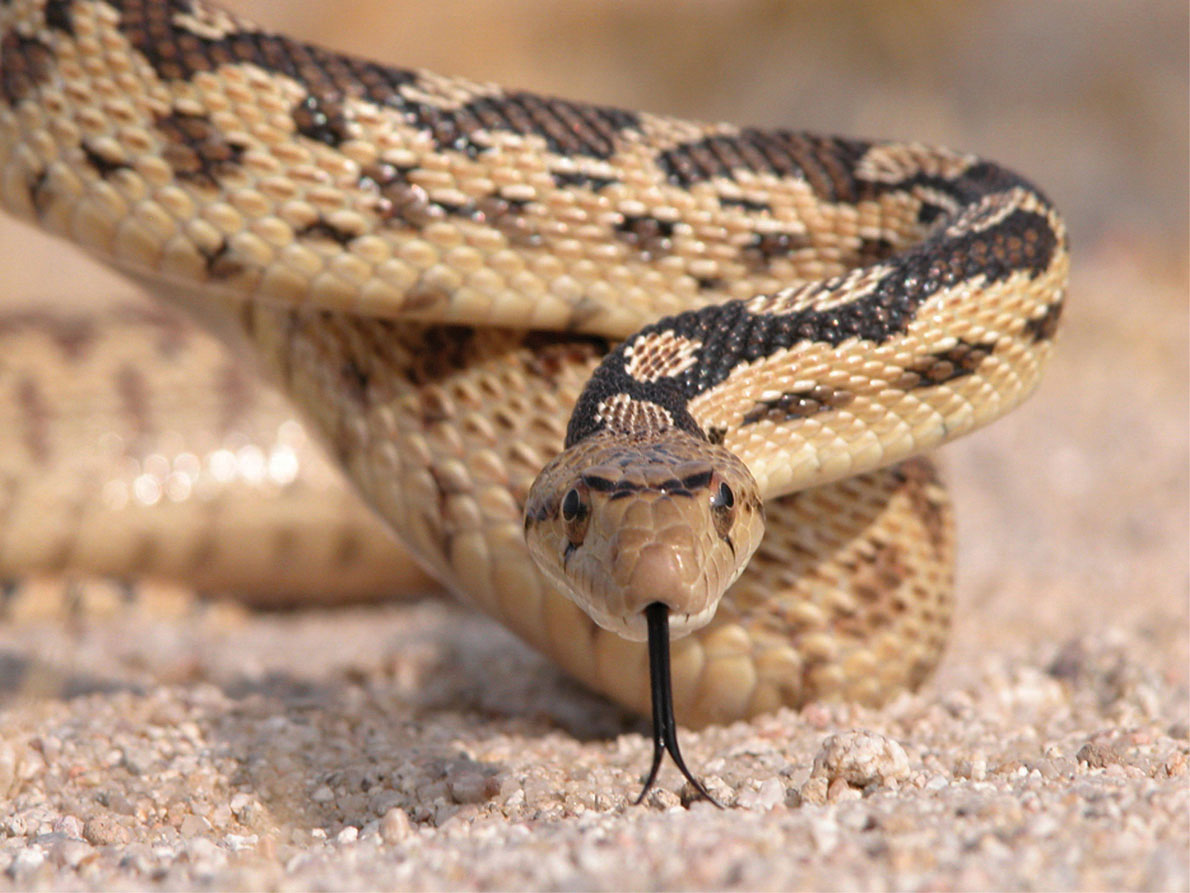



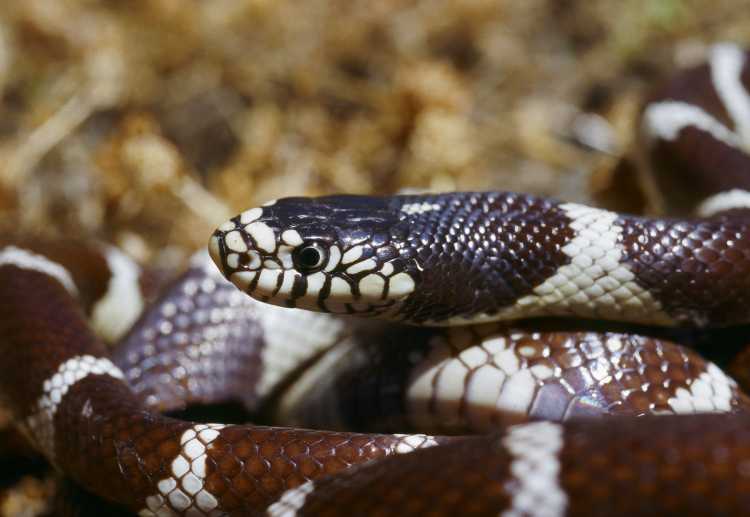
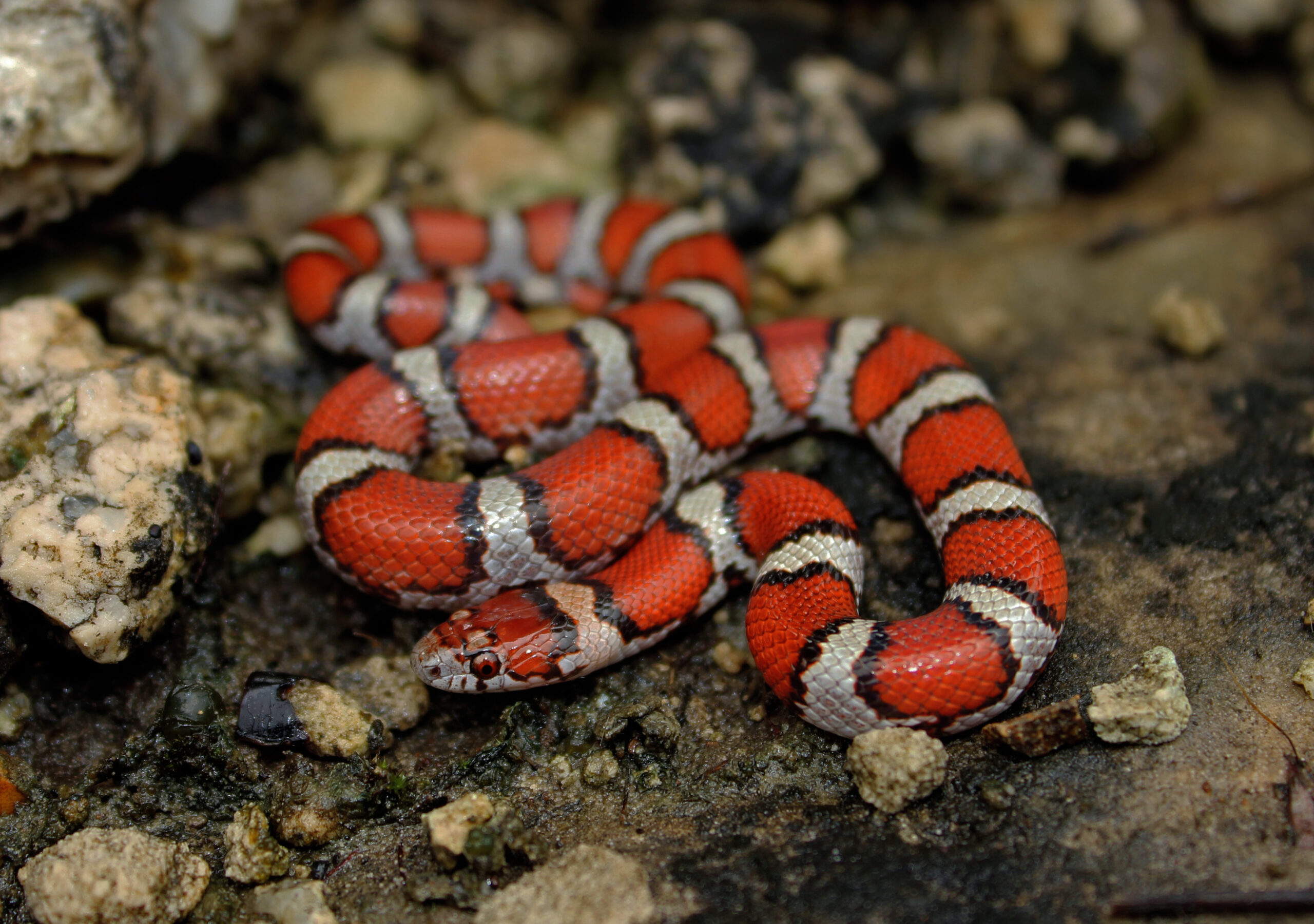




Leave a Reply